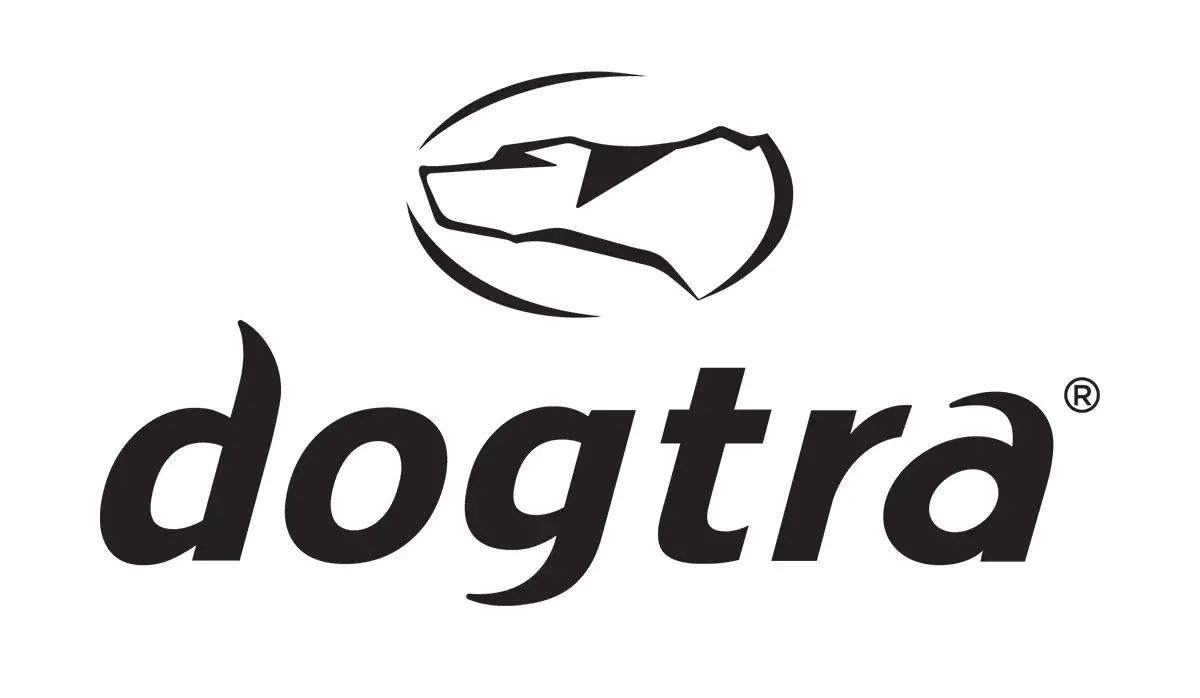What does “socialize your puppy” mean?
Part 1: The Early Stage – Birth to 7 Weeks
It seems new puppy owners constantly hear how important puppy socialization is, but what does this actually mean? Let’s just get the elephant out of the room and say all socialization is not created equally. Honestly, how could it be? There is so much conflicting and confusing information on this subject, it is no wonder a lot of people are doing it wrong. Sadly, this confusion can result in terrible behavior problems down the road. At The Dog Wizard, we believe every owner attempting early socialization has the best intentions, and if they are doing it wrong it is simply because they do not know better. Seriously, what owner wants their dog to develop terrible behavioral problems down the road? Also, in order to do it the right way, we believe an owner must truly understand the “why” behind what they are being asked to do. There are literally hundreds of articles on the subject — so even if an owner does manage to stumble across the perfect protocol on the socialization period…..how would they even know? It seems rare that the writer explains the “why” of the protocol. Let’s face it, some of the proper socialization protocols do not make sense on the surface, so without the why, there is no inclination to follow it. Over and over the owner reads articles stating that, as long as your puppy is having positive experiences during socialization, you are doing a good job. Seems simple, right? But the dangerous part of that statement is that just because you think your pup is having a positive experience does not mean they actually are. We have created this three-part blog series to give you full understanding from beginning to end on the socialization process. Let’s dive in.
To really understand, we need to start from the beginning because the socialization process starts the day a pup is born. Puppies are born blind and deaf, so they only have their smell and touch for almost 3 weeks until the sight and hearing develop. At full capacity, a dog’s sense of smell is approximately 10,000 – 100,000 times more sensitive than humans, and even at birth the sensitivity is much greater than ours. It is safe to say that the sense of smell is a dog’s superpower, but what is not as commonly known is how much they use smell to learn.
When a pup is born, they start learning immediately by feeling and sensing the security and calmness from their mother and littermates. There is nothing better for a puppy’s long-term ease of sociability than a mother dog who is stable, healthy, confident, and totally comfortable with humans. Most experts agree there is a period of time that humans should not interact with the new mother’s pups, but the recommended time frames differ between experts (we will address these differences a little later). Starting from the day the pup is born, how the mother reacts to different scenarios is being taught to her pups whether you want it to or not. Once humans do begin approaching the whelping area, if the mother is nervous of humans, the pups may be inadvertently taught to be nervous of humans. Because puppies learn by association, all they know is their mother, that is usually calm and content, becomes anxious and nervous as soon as this human (aka known to a puppy that can’t see yet as the “weird-smelling live creature”) enters their scent zone. Puppies can sense the anxiety and nerves from the mother and combined with the smell of the weird-smelling live creature, pups can associate the two simultaneously. Some people may wonder why a nice calm human coming into the whelping area could be viewed as harmful. Whether this experience is harmful to the pup or not, it is also about how the new experience makes them feel.
Flipping the script, the mother dog could be totally fine with familiar humans, but not strangers, so the fearful association develops only with strangers (if it happens enough for the pups to differentiate the two). And this can be a hard one to avoid because what attracts more attention from neighbors and friends (strangers) than a litter of cute puppies? Again, keep in mind that the human/strangers in these situations may be doing nothing wrong. So much of the confusion with socialization lies in people not understanding that the humans can do nothing wrong and it still may be a negative socialization experience for the pup, and this remains true for the entire life span of the socialization process.
Flip it one more time and imagine a scenario where the mother dog is 100% comfortable with all humans. The owner of the mother dog, whom she actually loves and trusts very much, comes into the birthing area on day 3 just to sit in the vicinity of the pups (no touching). The mother dog is giving no nervous energy, so the 3-day old pups are smelling this weird living creature and feeling the calm energy from their mother — this creates all positive experiences and associations from their very first encounter with this new creature. A better protocol with a mother dog (we mentioned earlier) who was uncomfortable with strangers is to wait until all senses have fully developed (3 weeks) with no strangers entering the birthing area, giving no chance for the mother to have transferred that nervous energy with strangers. Once all senses have developed, take the mother dog completely away from the area before the strangers enter and follow protocol of calm strangers entering the birthing area and sit in the vicinity (no touching). This will allow the new pups to smell, see, and hear the new live creatures and allow them to investigate at their own pace creating a predictable positive experience.
We believe experts differ on the right time to interject humans mostly due to it being done correctly or not. If it is done correctly, it can be a benefit, if the owner/breeder truly knows what to do. If not, doing the wrong things (to be explained later) can be detrimental. Back to the correct protocol……after the human calmly exists in the same space without touching, the next correct step for educated owners with the social mother dog would be to begin touching the pups and hopefully stimulating the mother’s lick. This is providing a huge positive connection between being touched by the weird-smelling live creature and soothing comforting licks from their mother – we can’t think of a stronger positive association. For the unsocial mother dog that started this process after senses developed, the strangers will be touching but obviously there are no mother licks (since the mother is not there), but the experience is still positive as long as you are allowing the pup to dictate the pace. You could add something to your fingers such as Karo Syrup to stimulate the pups to lick the strange living creatures to build even a more positive associate. One could argue this could create a play-biting the hands issue when the pup is around 10-12 weeks, which we agree could more draw attention to human hands, but as long as the mother got to teach bite inhibition, this is an easy thing to stop with a pup who has a great positive association with humans in general.
Diving a little deeper into why experts disagree with time frames of human interaction, what happens if this same human (that the mother dog loves and is totally comfortable with) quickly picks the pup up on the first visit into the birthing space on day 3 of being alive? This could create nervous energy with the mother dog not being comfortable with her baby being picked up (and innately knowing this is a bad idea) which can send a message to her pup or create some anxiety with the mother dog that the pup senses. Remember, the 3-day old pup does not know what a “human” (weird-smelling live creature) is yet, so they are associating this nervousness with the smell at this point. Some less educated owners/breeders would argue that their family member mother dog trusts them 100% and would not get nervous of them picking up their 3-day old pup on this first meeting; in their opinion, “it’s totally fine to do”. And we would agree with them that some mothers actually may not get nervous by someone they know and trust picking up their newborn pup, but it still does not guarantee the pup who has no eyesight or hearing at this point and was just swooped up in the air with no warning and ability to even understand balance and gravity yet is having a positive experience with this “weird-smelling living creature” they will later identify as humans.
I think by now you are understanding why the statement “as long as your puppy is having a positive experience during socialization, you are doing a good job” is so dangerous. And we believe this is why so many experts disagree on the right time frames to introduce certain stimuli such as humans. We believe the experts who recommend not interjecting until closer to 3 weeks, eliminates the chance of people assuming their pup is having a positive experience, therefore eliminating the chance of negative experiences before a pup has even had a chance to see and hear. Other experts that say it is fine earlier are probably assuming everyone truly understands the correct protocols.
To tie it all together, there are not a ton of things to which you need to socialize your puppy before 7 weeks of age outside of people, children, and some sounds, and we recommend following these rules when introducing the puppy to these new stimuli:
- Consider how the mother feels first.
- If it makes her nervous, then wait until all senses have developed and pups have some confidence. Remove the mother to eliminate the nervous energy and follow other steps.
- If mother is fine, then follow all other steps.
- No Surprises. Introduce in a calm way that becomes predictable to the pup. Allow pups to investigate from afar, and approach as they desire.
- Go at the pup’s pace. Even if a pup feels a little nervous, if they feel in control, it will be a positive experience.
We are certainly not saying that doing or not doing any of the steps above is going to result in a pup being guaranteed to succeed or doomed based on these early interactions; we are saying that if you have the opportunity to choose at this stage of development, this should help you form a more solid early foundation. It only serves to make later socialization much easier.
Be on the lookout for the next two blog posts that will dive in even deeper and give you a clear understanding of socialization in the next critical phase of life: 8 weeks -16 weeks, as well as what to do if your pup missed this first socialization window altogether.
STAY TUNED!










